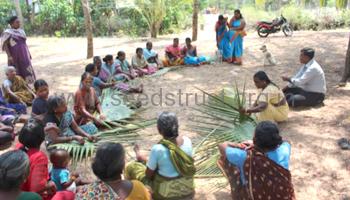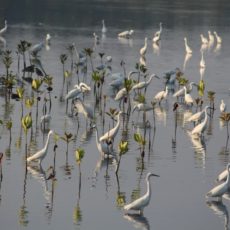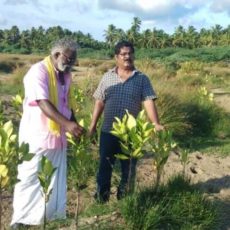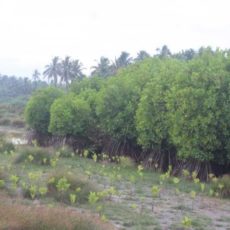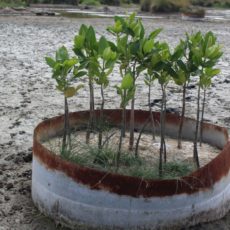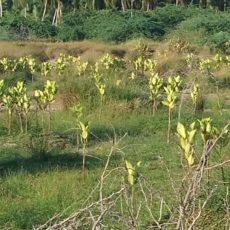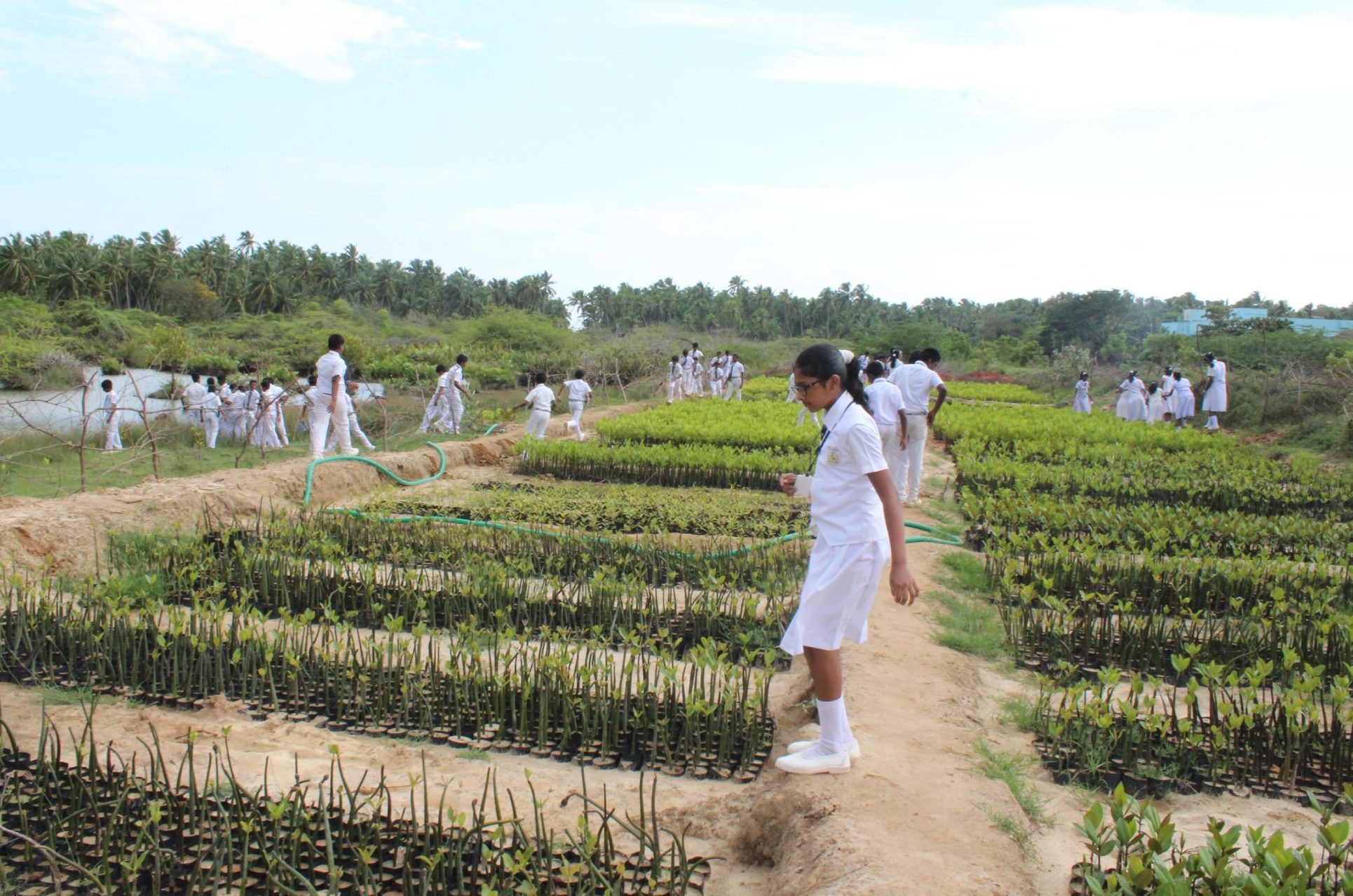MANGROVE AND COASTAL ECO-SYSTEM CONSERVATION PROGRAMME AT PANDIYAR RIVER ESTUARY
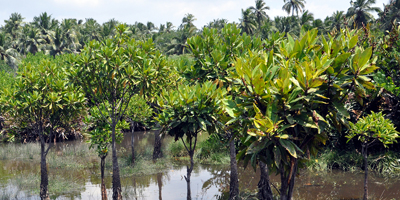
After the occurrence of tsunami in Tamil Nadu, India, frequent happenings of forcible intrusion and withdrawal of sea water with maximum threatening level affect the psychology of coastal communities and hence, consequential needs have arisen on programmes of disaster preparedness and risk management, livelihoods of people and conservation works. Mangrove trees, which serve as the savior of coastal eco system from intensive tidal waves, are found growing luxuriantly in the inter-tidal regions along the estuaries, backwater, islands and other protected areas. They generally prefer soft, clay mud for their growth.
These species show different salinity tolerant limits. The expansion of mangrove forest depends on the inter-tidal expanse, substratum and salinity of soil as well as water. The inundation of the mangrove region during flood or rides is also one of the important factors. However, this valuable plantation has been deforested to such an extent that the eco system along the west coast of India is found under degraded condition. This has not only affected the coastline, but also the fisheries to a larger extent. The target area is located in the district of Kanyakumari in Tamil Nadu where nearly 1000 of hectares of estuarine environment is identified as a potential zone of fishery resource.
Wherein, the Pandiyar river estuary and its coast line, including the households in Rajakkamangalam Panchayat along the Arabian Sea and periphery of Gulf of Mannar (8 0 03- 80-35N, 770 05- 770 36 E and 1400 mm annual rainfall) extend to about 200 hectares of land and occupy a prime position. The proposed project intends to restore and regenerate mangrove vegetation in 40 hectares of identified 200 hectares of land along the Pandiyar river estuary in Rajakkamangalam and sensitize the coastal communities on the need and importance of their role and responsibilities in conserving coastal ecosystems, not only as the means of protecting the lives of coastal communities from disasters like heavy storm waves and floods that have been occurring frequently, but also as the only livelihood option by ensuring sustainable utilization of coastal and sea resources.
In this context, SEEDS Trust has initiated projects for conservation of the Rajakkamangalam estuary, at Kanyakumari district of Tamil Nadu for promoting the biodiversity and livelihood of the people dependent on the same. SEEDS will promote the planting of Mangroves and associated species which will provide ecosystem benefits like cyclone protection, habitat for small mammals, birds and marine life in the estuary and income for communities dependent on small fishing. The project will also educate the communities on the importance of the estuary and its protection. This project is expected to become a model in coastal biodiversity conservation, for future expansion to all estuaries across the Tamil Nadu coast





